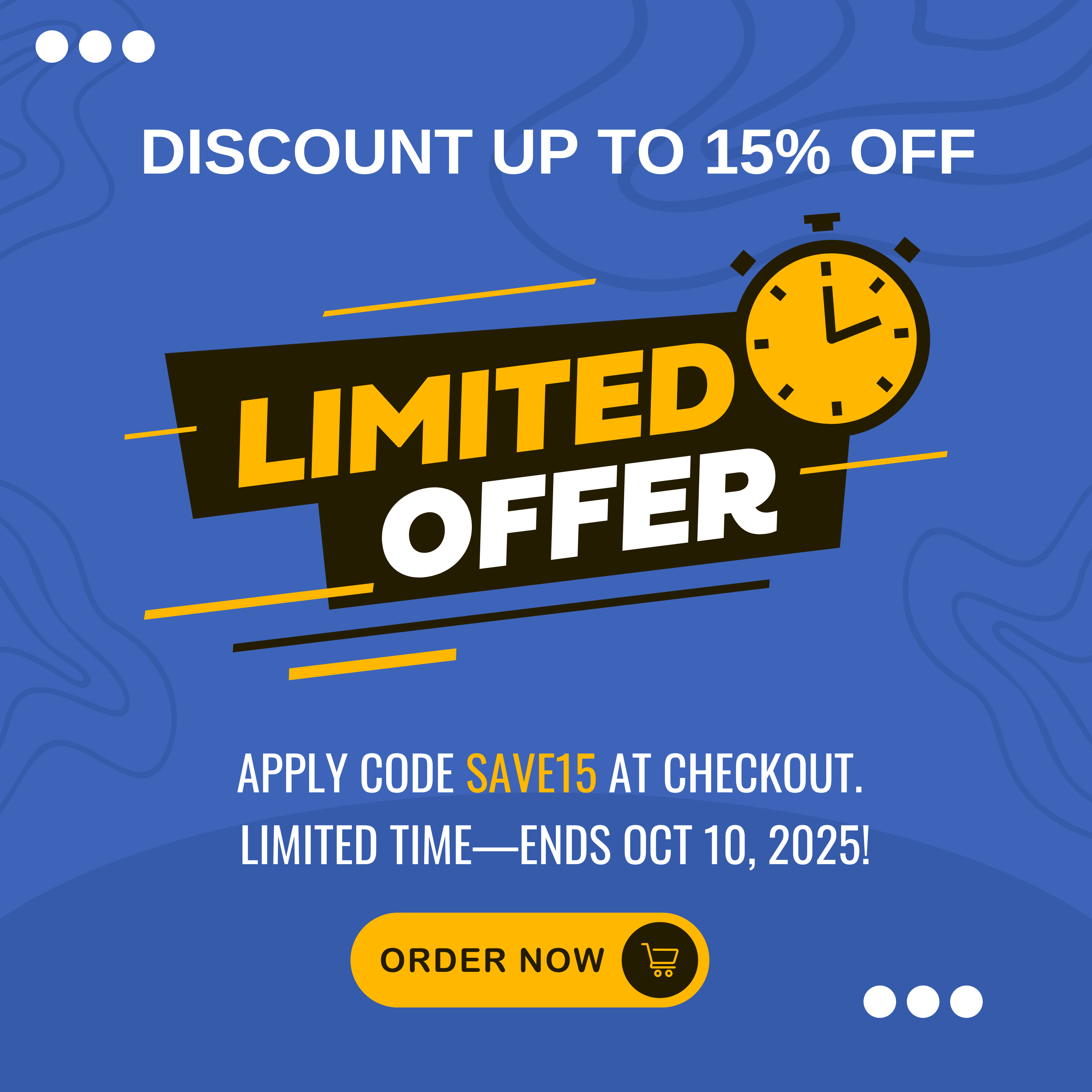Audit2020: Evolving the Internal Audit Process
Joseph Azary has spent the last 27 years in the medical device industry in various quality and regulatory positions. He is currently the Vice President of Quality & Regulatory at Z-Medica, LLC. Joseph has worked for US Surgical (now part of Medtronic), Johnson & Johnson, Fujifilm Medical Systems, and Sekisui Diagnostics. He was a consultant for 10 years where he worked with over 180 medical device companies around the world on a variety of quality and regulatory projects including 510k submissions, internal auditing, supplier auditing, quality system development (ISO 13485, FDA QSR), international regulatory registration and compliance, regulatory strategy, compliance, and training.
Joseph has a bachelors degree in Biological Sciences and a Masters Degree in Business Administration with a concentration in Public Health. He is an ASQ Certified Quality Auditor.
The internal audit profession is very similar to other professions; very resistant to change. When one of our profession’s main goals is to promote efficiency and effectiveness, we have to be more adept at adjusting and being open-minded to change. Audit2020 is a course that takes an in-depth look at the accepted practices inherent in internal audit and critically analyses each piece, identifying ways to enhance the current view and process of internal auditing.
Topic Background
I. Annual Risk Assessment
a. What is a Continuous Risk Assessment?
b. Assessment modes
c. Assessing Emerging Risk
II. Foundational Pieces of Successful Internal Audit Departments
III. Audit Cycle
a. Audit Planning
i. Formality of Engagement Risk Assessment
ii. Utilizing a True Top-Down Risk-Based Approach
iii. What should I test and why?
iv. Building an Effective and Efficient Audit Workprogram
b. Fieldwork
i. Timing & Contents of PBC List
ii. Sampling Methodology
iii. What support to keep and why?
iv. Presenting Observations to Clients
c. Reporting/Wrap-Up
i. Do We Even Need a Formal Report?
ii. Timing of Audit Report
Learning Objectives
- Criteria to identify key/significant controls
- Identify the most effective controls to test
- Understand the differences between control design and effectiveness testing
- Learn about ways to test controls the most efficiently and effectively
Who Should Attend
Financial, Operational, and Information Technology Auditors with less than five years of audit experience (NASBA Field of Study: Auditing).
-
$200.00
-



